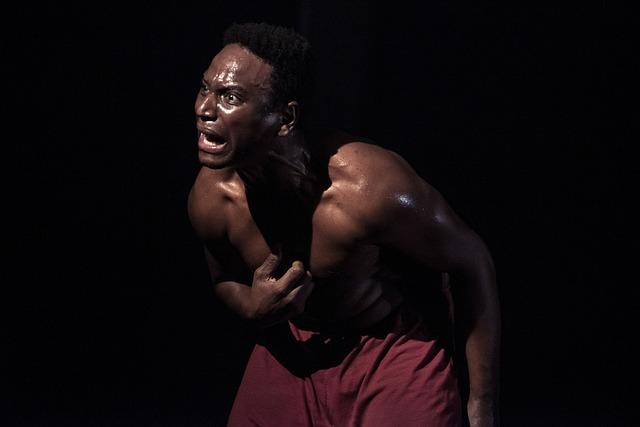In the vibrant world of animated features, where visuals often take center stage, the nuanced art of voice acting plays a crucial, yet sometimes overlooked, role in bringing characters to life. Voice actors are tasked with the unique challenge of conveying emotion, personality, and depth without the aid of physical presence, relying solely on their vocal prowess to captivate audiences. This article delves into the techniques and skills that enable voice actors to deliver powerful performances, transforming animated figures into beloved characters with enduring impact. By analyzing the interplay between vocal expression and animation, we uncover the intricate process that elevates storytelling in this dynamic medium. Emotional Range and Nuance”>
Emotional Range and Nuance”>
Understanding Emotional Range and Nuance
Voice actors bring characters to life by harnessing a profound emotional range and mastering subtle nuance. This skill involves more than just vocal talent; it requires a deep understanding of the character’s psyche and emotional journey. Through intonation, pitch, and tempo, voice actors convey complex emotions that resonate with audiences. They must balance the character’s internal struggles and triumphs, ensuring that each moment is both believable and compelling.
- Intonation: Captures the mood and underlying emotions.
- Pitch: Differentiates characters and conveys age, size, or personality.
- Tempo: Reflects the urgency or calmness of a scene.
By manipulating these elements, voice actors can express a character’s joy, fear, anger, or sadness with authenticity. This ability to convey emotional depth transforms animated features from mere entertainment into profound storytelling experiences, leaving a lasting impact on viewers.
Mastering Timing and Rhythm for Impact
In the world of animated features, the synchronization of voice and animation is a delicate dance that requires precision and artistry. Voice actors wield timing and rhythm as their most potent tools, ensuring that each line not only matches the animated movements but also amplifies the story’s emotional impact. The secret lies in their ability to breathe life into characters, matching the tempo of the scene while maintaining a natural flow.
- Understanding Pacing: Voice actors meticulously study the script and storyboard to grasp the pacing. This enables them to deliver lines with the right speed and pauses, enhancing dramatic tension or comedic effect.
- Emotional Cadence: They master the rhythm of emotions, adjusting their vocal intensity and modulation to reflect a character’s internal journey, ensuring the audience feels every high and low.
By aligning their vocal performance with the animator’s vision, voice actors create a seamless experience where words and visuals converge, captivating audiences and leaving a lasting impression.

Harnessing Vocal Techniques for Character Depth
Voice actors transform scripts into emotionally resonant performances by employing a range of vocal techniques that infuse animated characters with life and depth. Through the meticulous manipulation of pitch, tone, and rhythm, they convey complex emotions and nuanced personalities, allowing audiences to connect on a profound level. These vocal elements are essential in distinguishing characters and adding layers to their development throughout a story.
- Pitch Variation: Adjusting the pitch can express different ages, emotions, and energy levels, making characters more relatable and believable.
- Dynamic Tone: The tone can suggest a character’s mood, intentions, or even moral alignment, enhancing narrative depth.
- Rhythmic Cadence: Altering speech patterns can reflect cultural backgrounds or personal quirks, adding authenticity and individuality.
These techniques enable voice actors to craft performances that resonate with audiences, creating unforgettable animated experiences.


